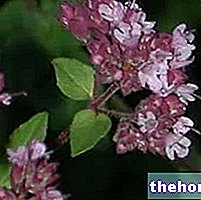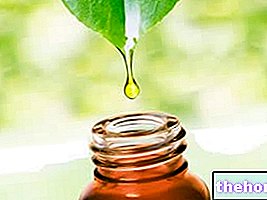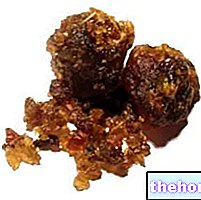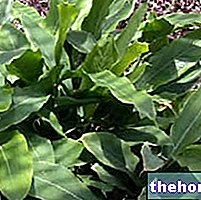
Scientific name
Phyllanthus amarus
Family
Euphorbiaceae
Origin
India, Sri Lanka
Parts Used
The drug is given by the aerial parts and roots of the plant
Chemical constituents
- Alkaloids;
- Polyphenols;
- Terpenoids;
- Flavonoids;
- Lignans (phyllanthina and hypophyllantina)
Phyllanthus in Herbal Medicine: Properties of Phyllanthus
In oriental medicine, Phyllanthus has always been an effective remedy against gonorrhea, menstrual changes and metabolic disorders.
In recent years, several in vitro studies have demonstrated its antiviral activity against the hepatitis B virus: the mechanism of action seems to lie in the inhibitory effect against viral replication due to the blocking of polymerases, in the reduction of HBsAg secretion. from infected cells, and in the suppression of HbsAg mRNA transcription.
Contraindications
Avoid taking in case of ascertained hypersensitivity to one or more components.
Pharmacological interactions
- not known




























